Francesca and Henk-Jan's Backpacking Trip!
Friday, June 18, 2010
Don Enrico Y Dona Francesca
The Vigan Hotel was indeed pretty basic and had definitely seen better days, but we figured it would suffice as a base for a few days. All the traveling had made us hungry and some grub was on our minds. I took Francesca to Café Leona, a place I’d found recommended all over the internet. Never a bad sign! Francesca quite enjoyed her chicken parmesan, and my noodles weren’t shabby either. We had a quick look at the cobble stone roads of the old town of Vigan, before returning to the hotel to prepare for the day ahead.
The 17th of June would become an action-packed day. Basically we were going to fit all of Vigan into this one day. After an early breakfast in the room we got up and I had a look around for a calesa (horse-drawn carriage) and some extra information from the Tourist Office. However, the place was closed and I had to rely on some other locals for information. The answers I got confirmed my suspicions: a calesa tour to all the major sights would be the best way to take in Vigan. I went back to the hotel, picked up Francesca and together we headed out to pick out a calesa. It didn’t take too long to find one and once the price for the day was agreed upon we headed out.
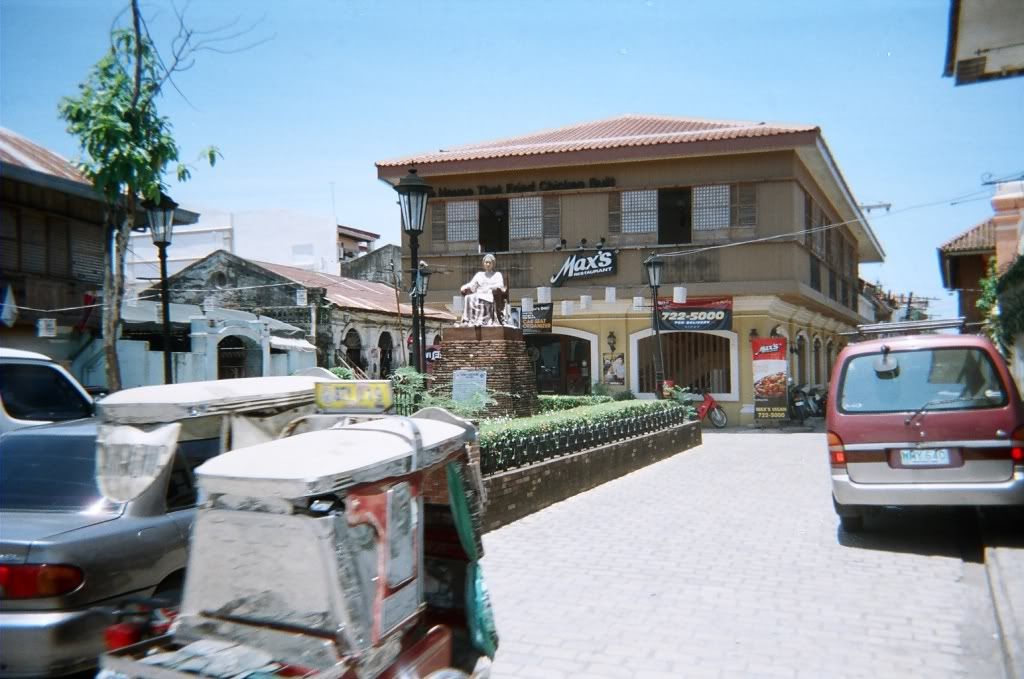
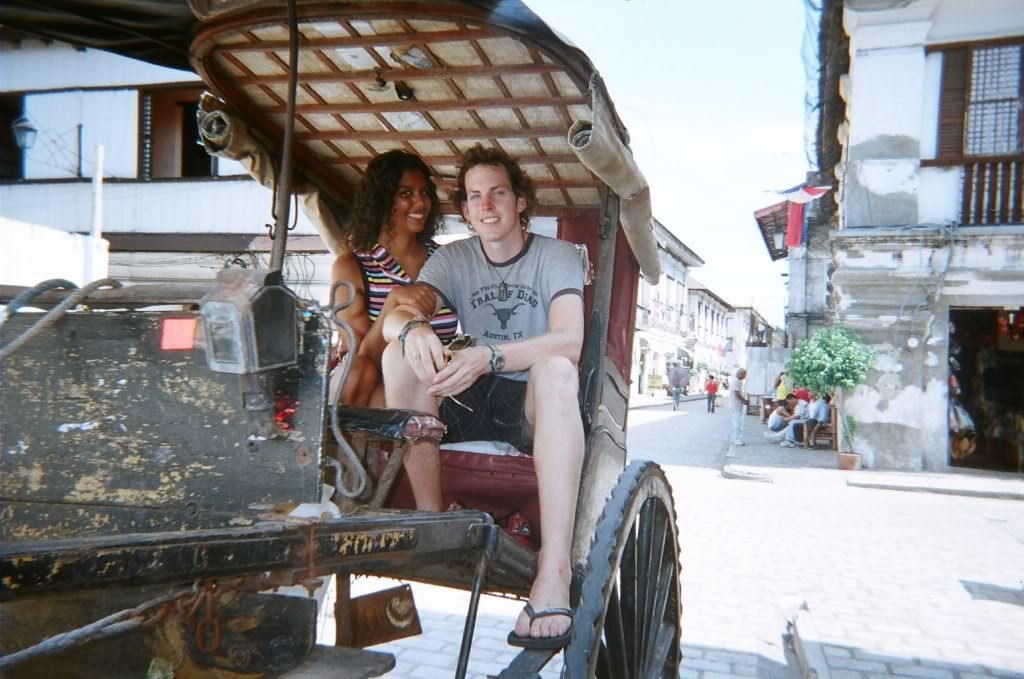
Around 11 AM we reached our first goal: St. Augustine Church in nearby Bantay town. We didn’t pay too much attention to the church since something else had caught our eye. Behind the church loomed a large bell tower in a state of relative ruination. We learned it had been built around 1490, and found that it had actually survived pretty well. We were allowed to have a look at the several bells that were still in place, also giving us a breath-taking view of the surrounding hills and infrastructure. Well worth the steep and narrow climb!
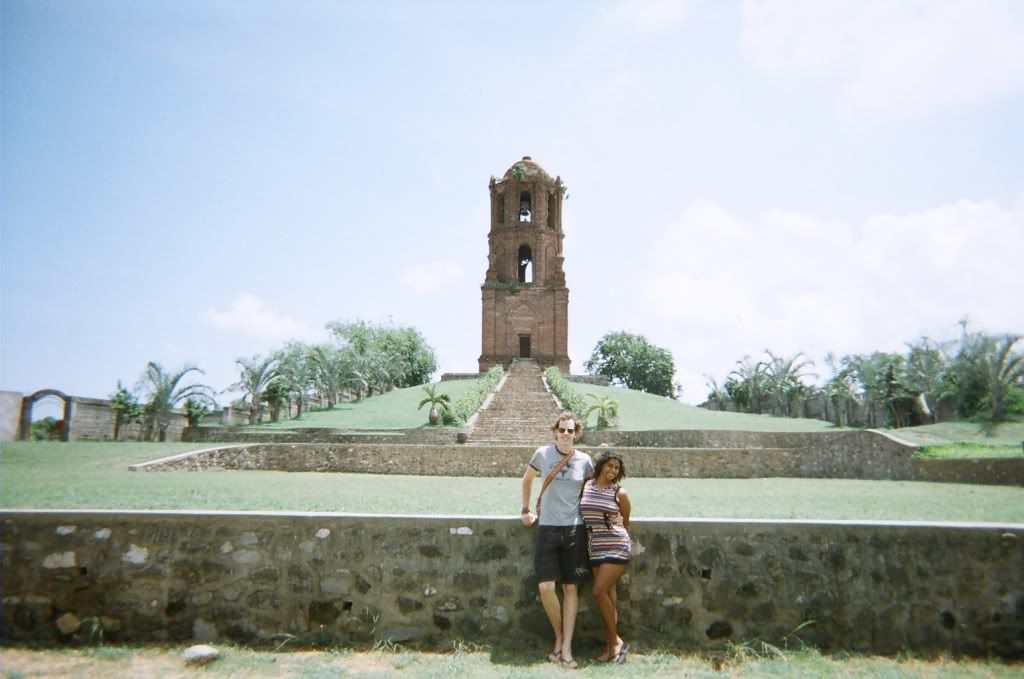
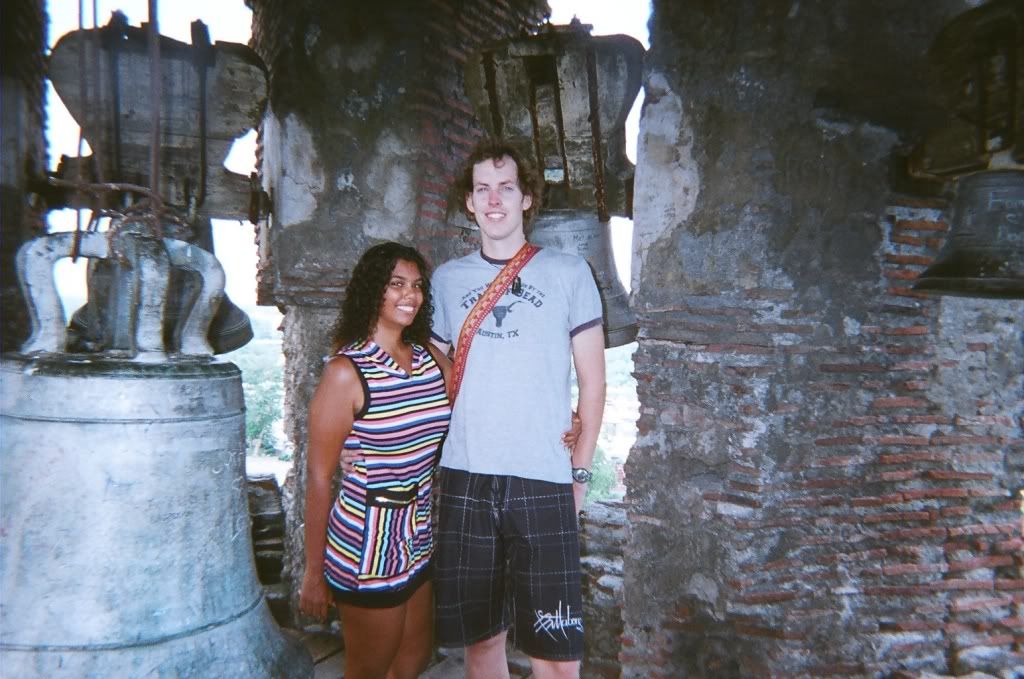
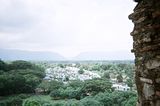
Our next stop was the Padre Burgos Museum. We made it in minutes before closing time (lunch), but were let in and had the whole place to ourselves. Not that that mattered too much, because the lack of A/C made the place pretty unbearable. The museum houses Ilocano artifacts, weapons, kitchen utensils, basketry, costumes, jewelry and some Padre Burgos (a famous Spanish priest) memorabilia. Didn’t take us too long to get through! Our calesa-man took us to a nice pottery making place, where the clay is still baked in large underground ovens and the handicraft is still made by hand. A large stack of broken earthenware attested to this fact. I got to have a try on my pot-making-skills but ended up with a round lump of clay with a hole in the middle. Not too impressive!
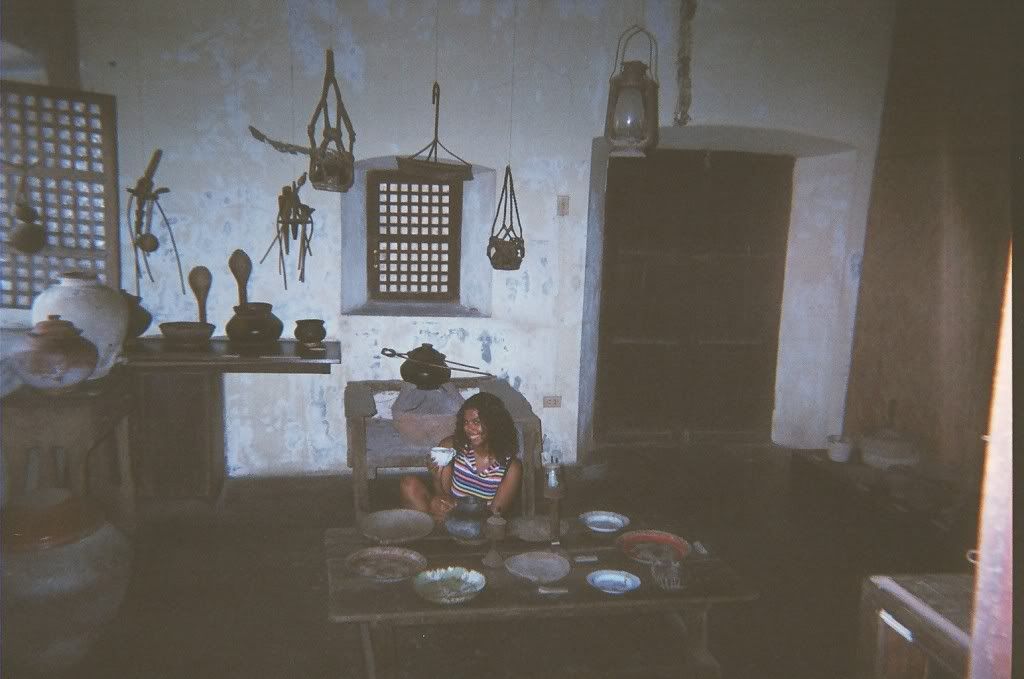
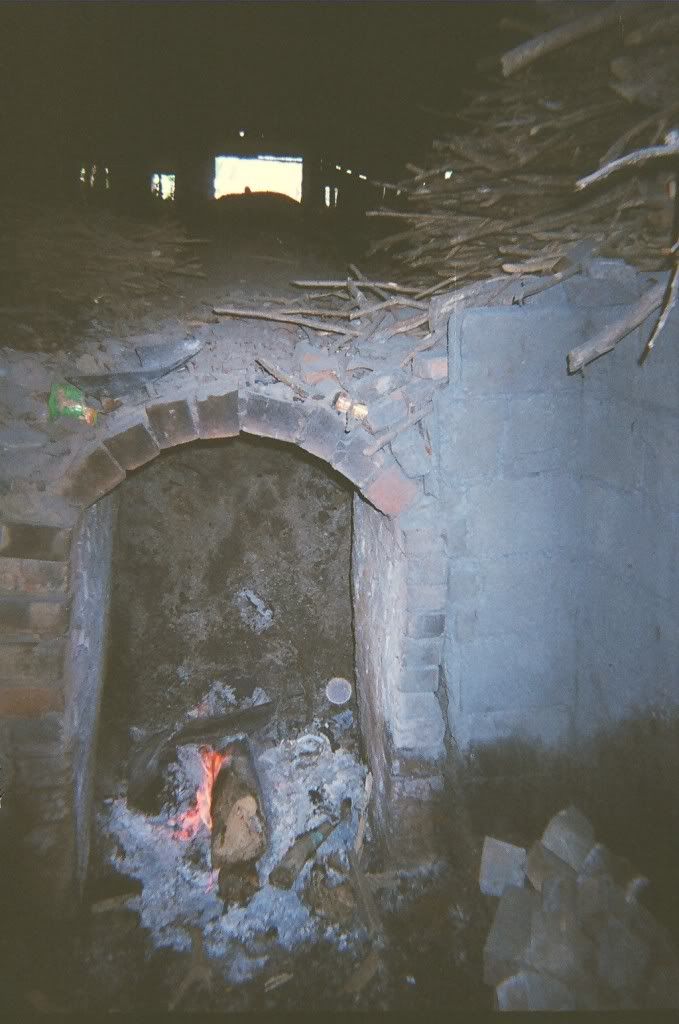
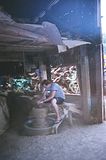
The same could be said about the ‘Hidden Garden.’ This place first started as a garden where the architect owner practiced his landscaping hobby. It has grown to become a restaurant through the years and has been the secret dining place of celebrities in Vigan. There were no celebrities there when we visited and the garden wasn’t that insane either. We guessed they pay the calesa drivers a small commission to take visitors there.
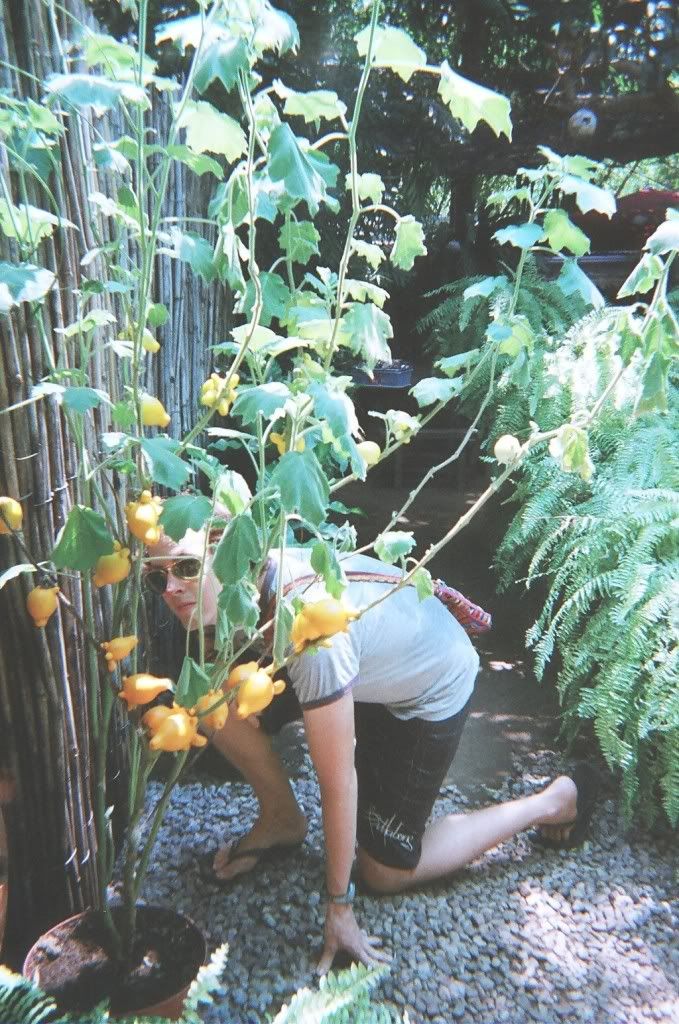
The Baluarte Zoo, a tiny park with a rather sad selection of animals was next on the list. We came close to a bunch of free-roaming ostriches, a hornbill, some parrots, loads of deer and felt bad for the tigers. The next stop did catch our attention: The Crisologo Museum used to be the home of the late Congressman Floro Crisologo and wife Carmeling, former governor of Ilocos Sur. It contained memorabilia of the late Congressman, which we were free to peruse at our own pace. Once again set in a gorgeous old Spanish mansion a wonderful place to learn a little about the region’s history. Outside we got some pictures with our man-horse-and-cart, before finishing our tour clip-clopping over the cobble stones of Calle Crisologo. We knew there was one more mansion we could check out, so we walked back a bit, only to find out the Syquia Mansion’s doors were closed. Calle Crisologo, the only street that was kept entirely the way the Spanish planned it sadly didn’t give us the feel we had hoped. This was mainly caused by the overwhelming presence of souvenir shops that really ruin the otherwise gorgeous view. We decided to return to the Vigan Hotel to rest up for the highly anticipated dinner awaiting us.
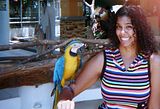
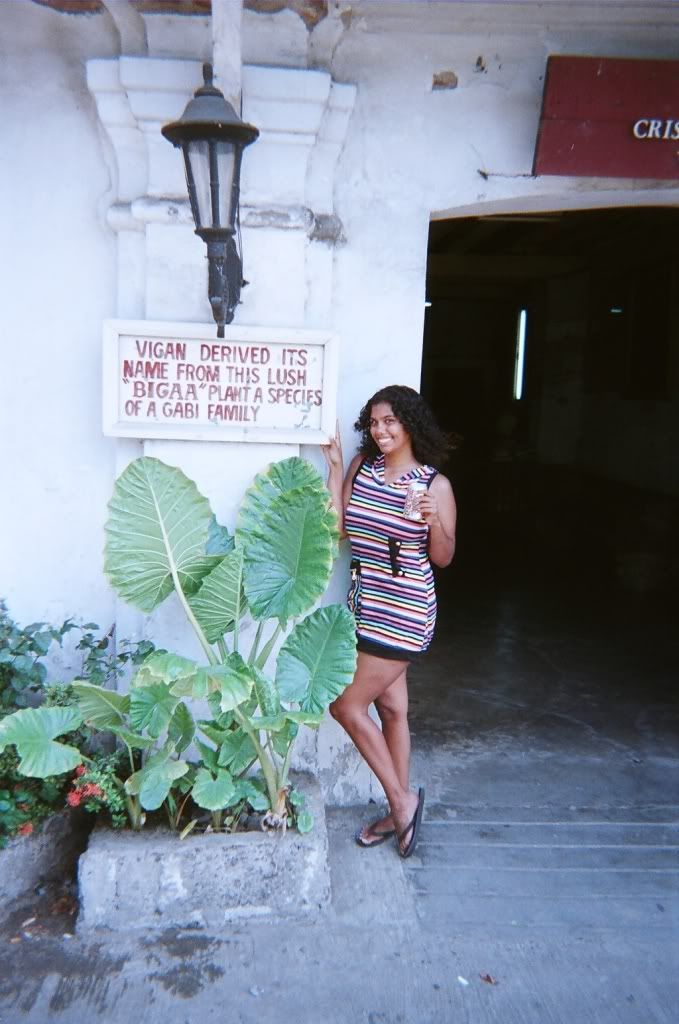
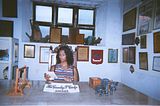

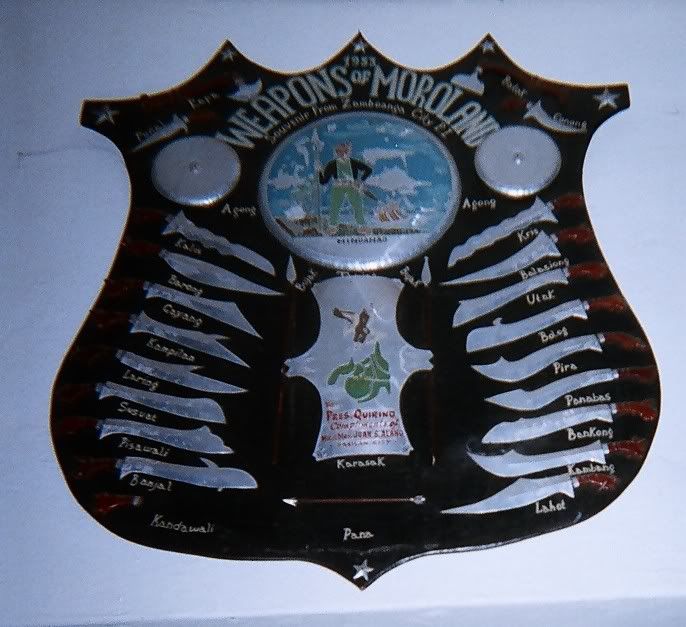
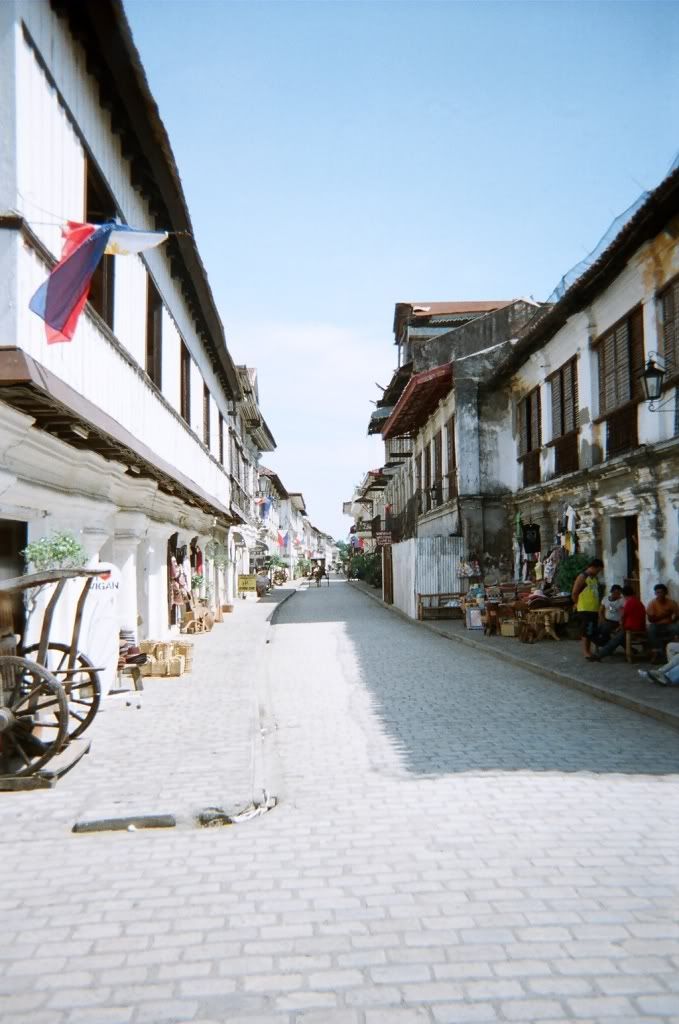
Our hosts picked us up by tricycle around 7 PM. It didn’t take long to drive to the Arce Mansion, where we were immediately ushered into the dressing room. Francesca started off with a grand brown Spanish dress, whilst I heaved myself into an off-white gentleman’s suit. A photo shoot ensued and some great pictures were taken. We didn’t feel satisfied though, so we both changed outfits and had more pictures taken. Satisfied with our outfits we headed upstairs. Thankfully the dining room was air-conditioned so we didn’t have to worry about eating in our costumes. Whilst the pineapple juices were being served a lady stepped into the room and started serenading local and international songs for us, which she continued to do during the entire dinner.
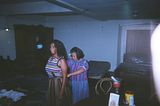
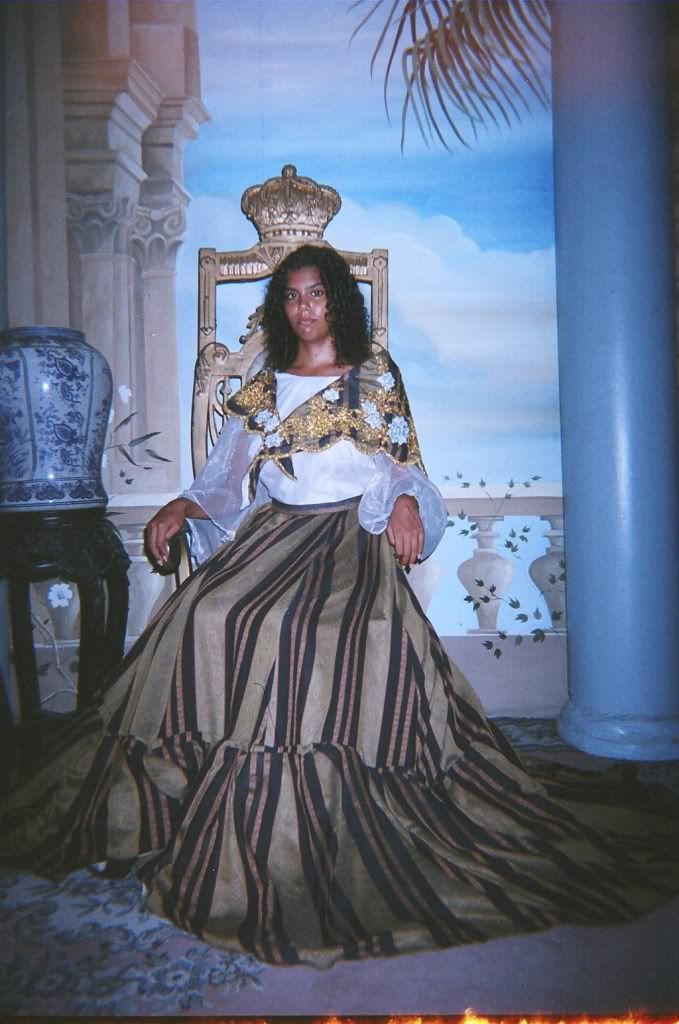
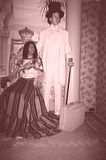
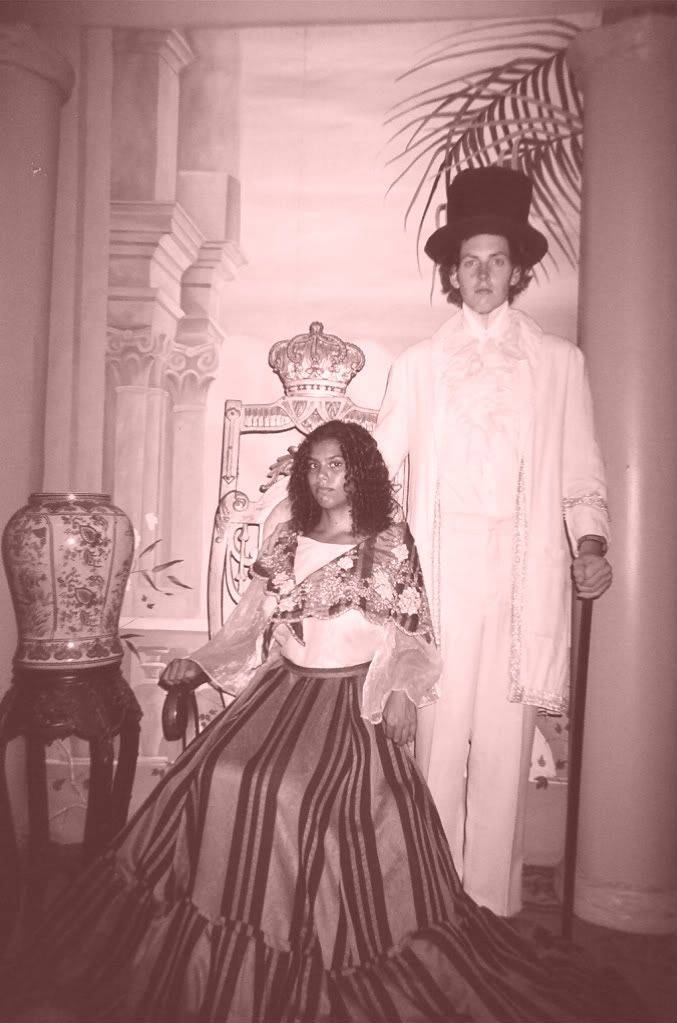
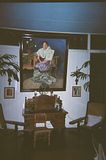
The first dish arrived shortly after and turned out to be a slightly salty, but tasty soup. A large stack of food soon followed: a bowl of rice, tuna with vegetables, fried pork and chicken, as well as stir-fried vegetables covered the table: we were in for a treat! As we quietly enjoyed our dinner the singing continued and we really felt warped back in time. Because dessert was coming we had to stop eating, but we nearly managed to clean the plates, which was impressive with the amounts we’d been served. A cup of tea was combined with a cassava and a brown rice cake, which were again pretty filling.
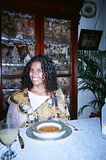
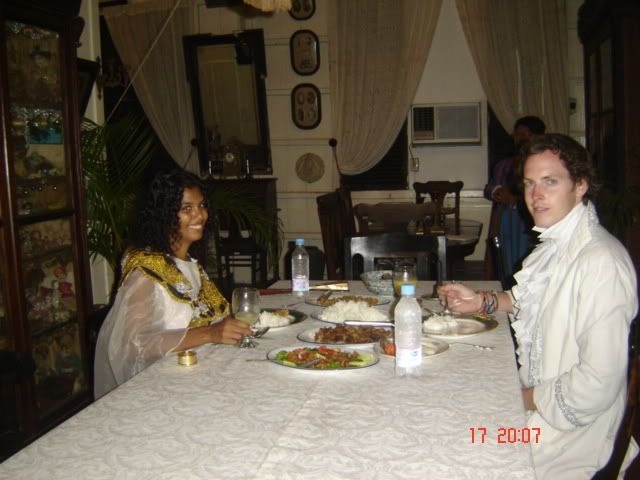
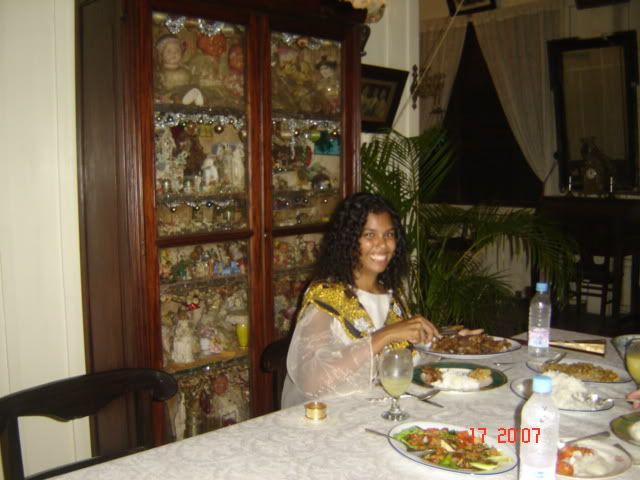
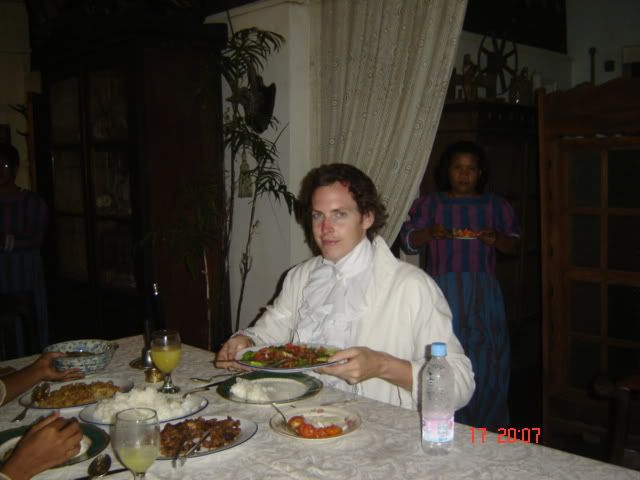
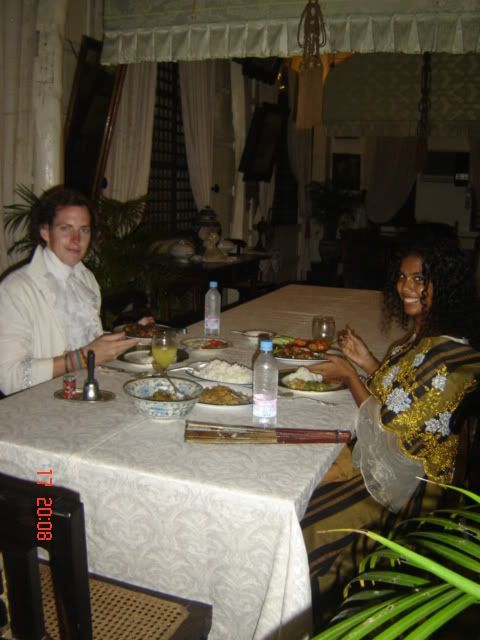
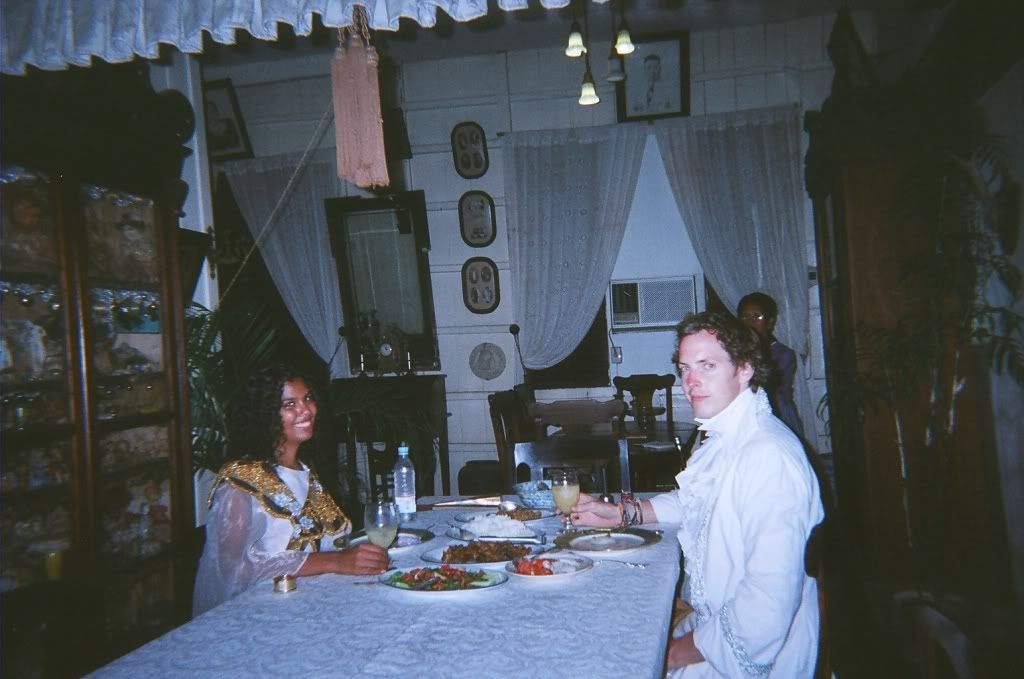
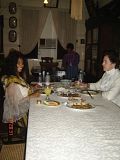
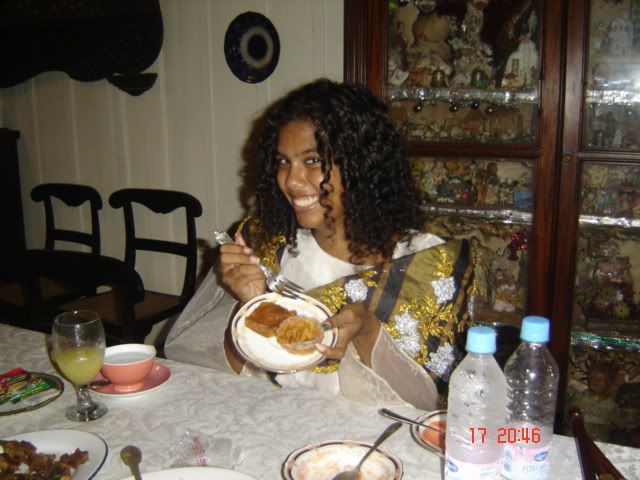
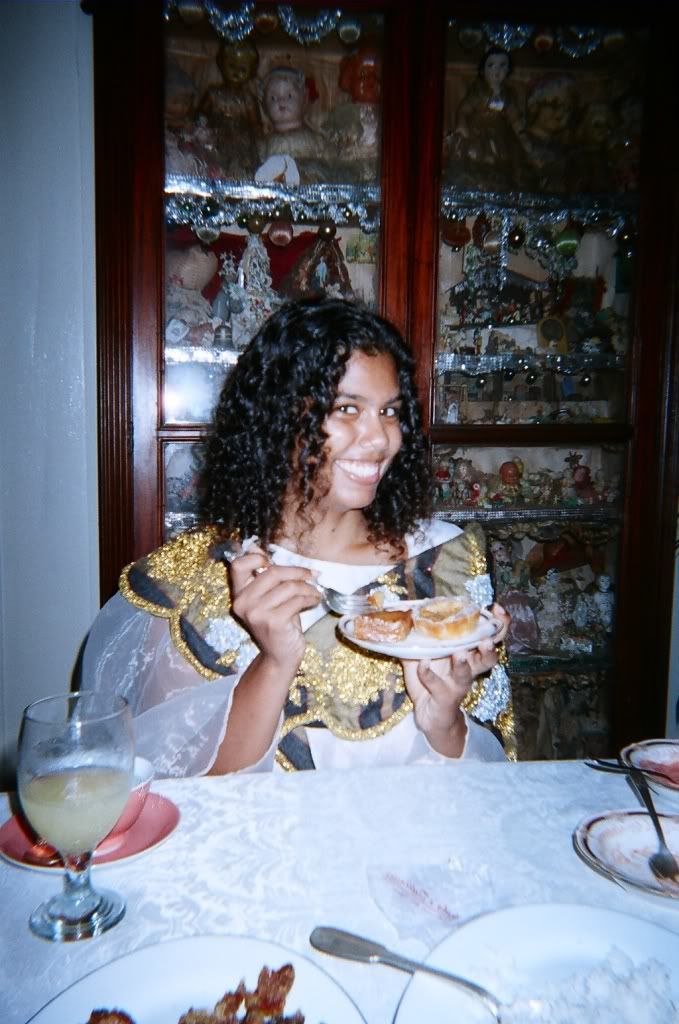
After we finished all of this delicious food it was time for more pictures in the living room, after which we had to get back downstairs. Instead of putting our own clothes back on we switched into some new outfits. I had had my eyes on a friar’s robe, and whilst Francesca was putting on another dress I got a quick photo shoot next to a cross. I then put on an awesome Chinese merchant’s outfit, with Francesca outdoing my style with a lovely blue gown. Another photo shoot, including random headwear followed, both inside and out, before finally donning our temporary clothing in exchange for our permanent weathered gear. Sadly, it marked the end of our very enjoyable evening in Vigan. We were brought back to the hostel, where we enjoyed the evening in peace, packing our bags for the return to Laoag and Manila.
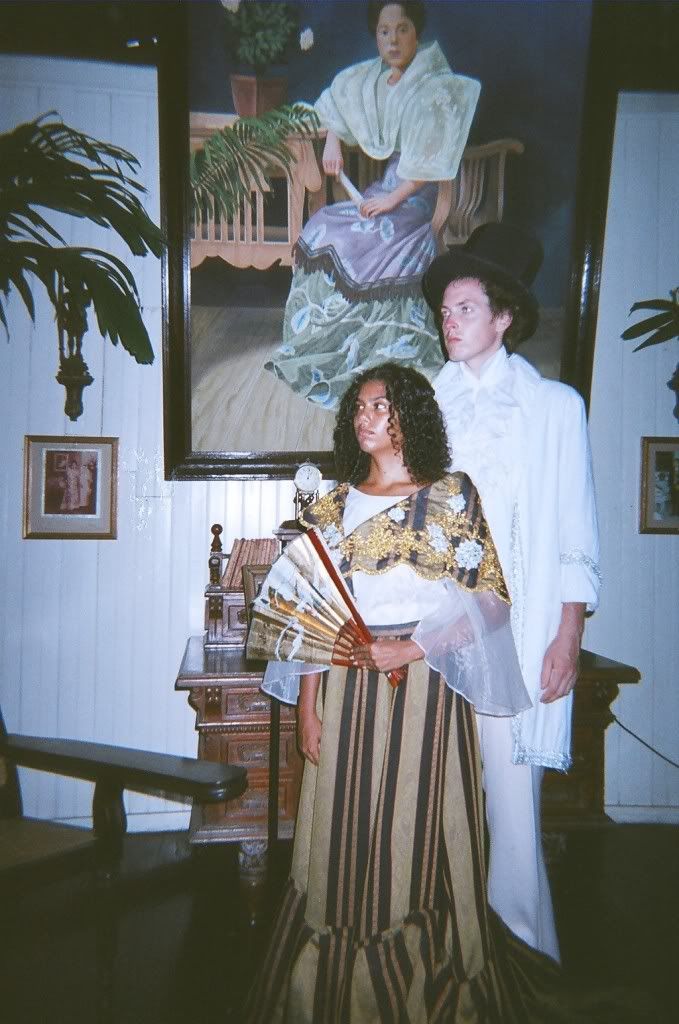
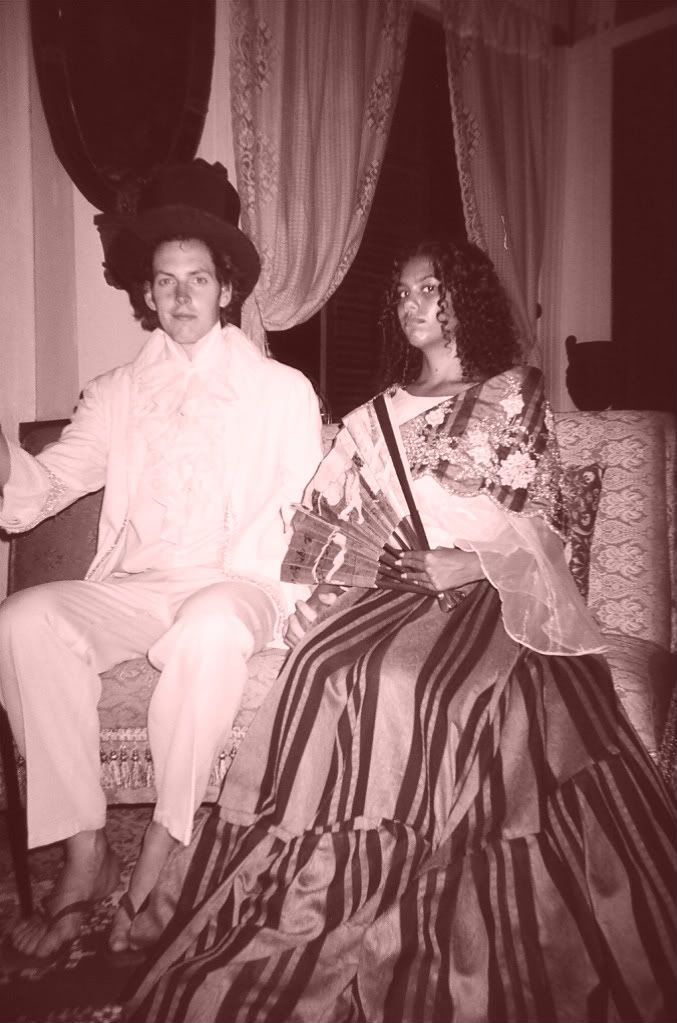
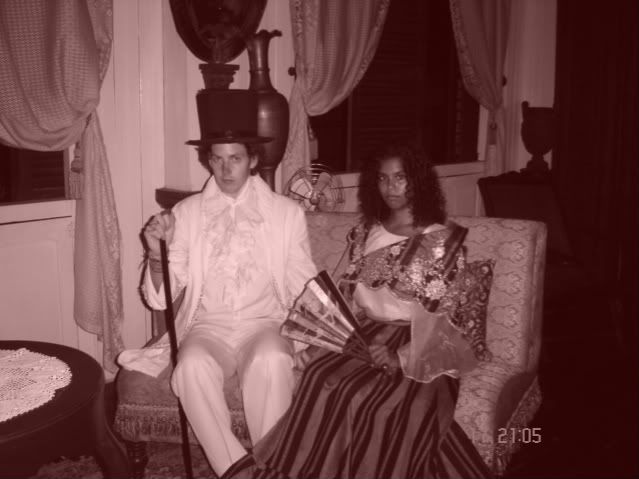
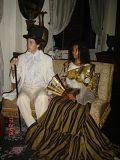
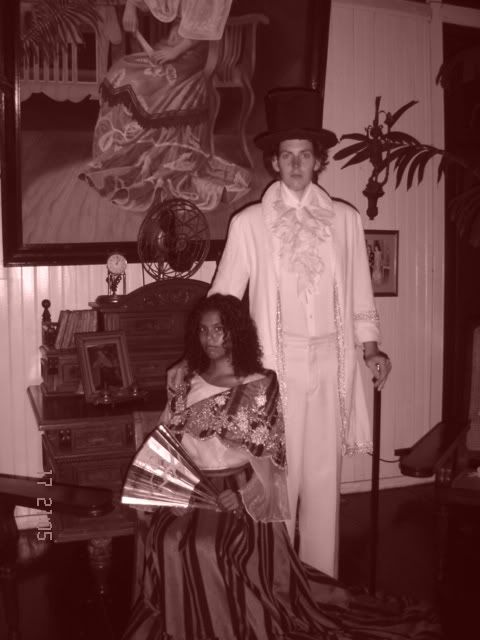
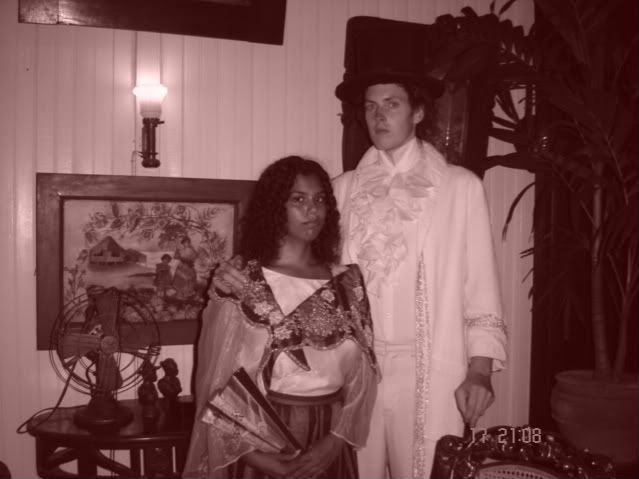
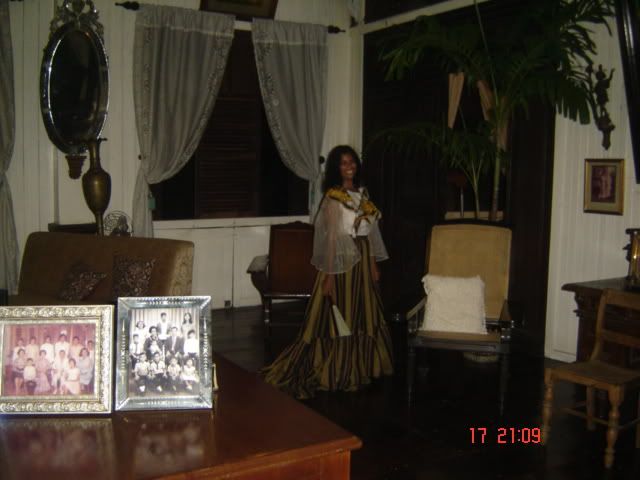
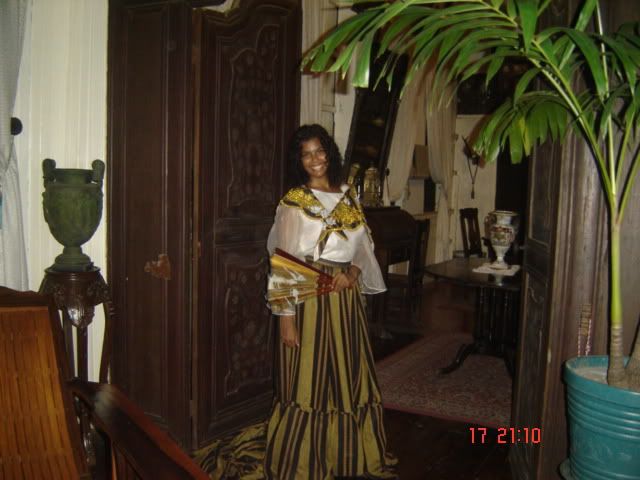
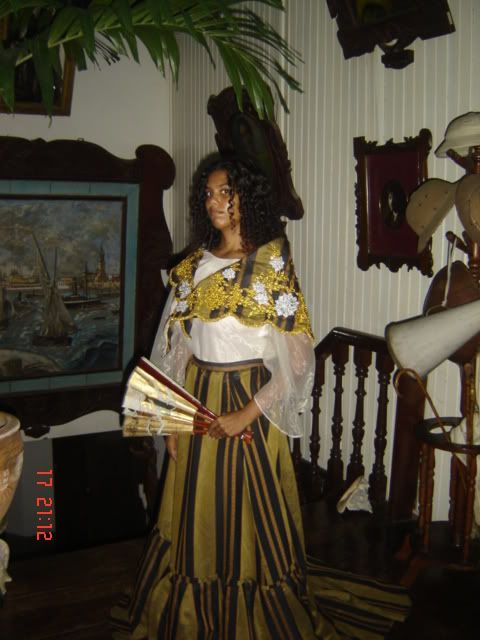
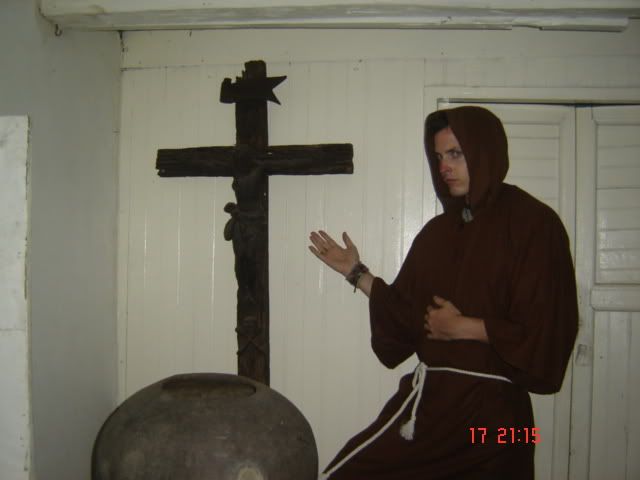
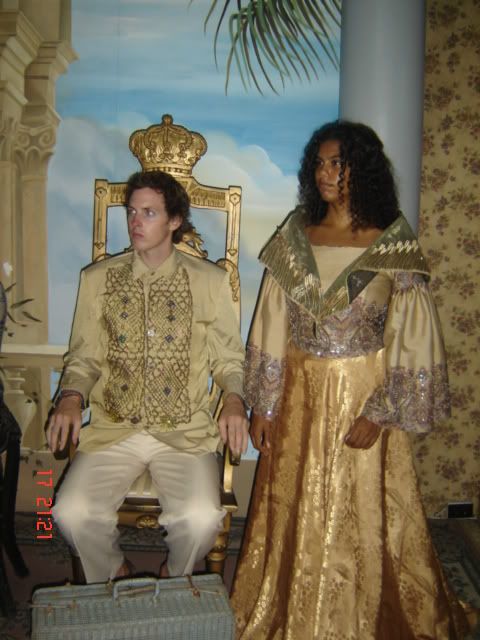
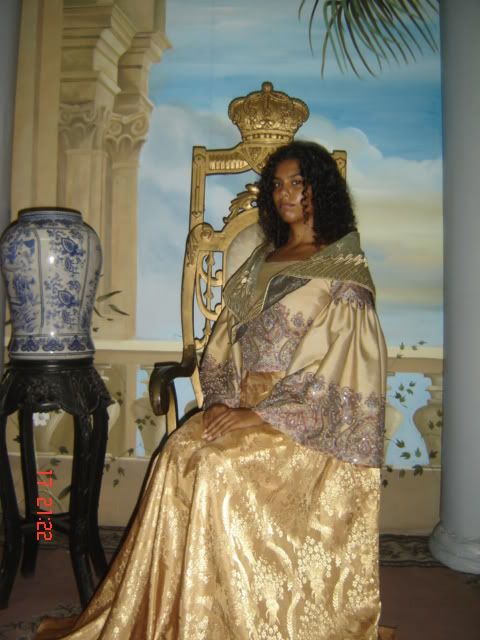

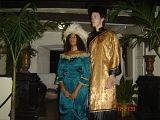
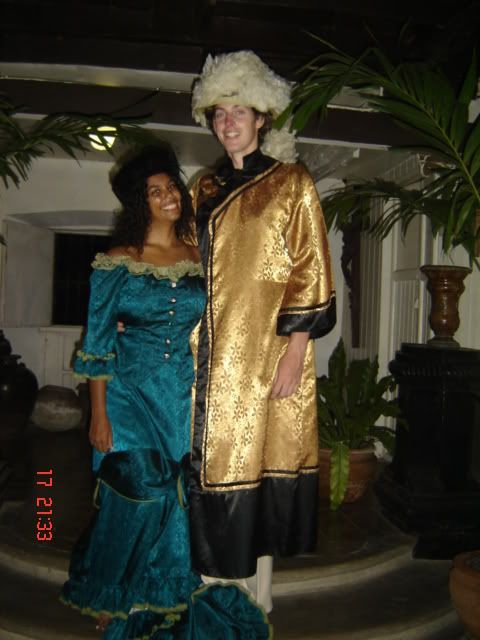
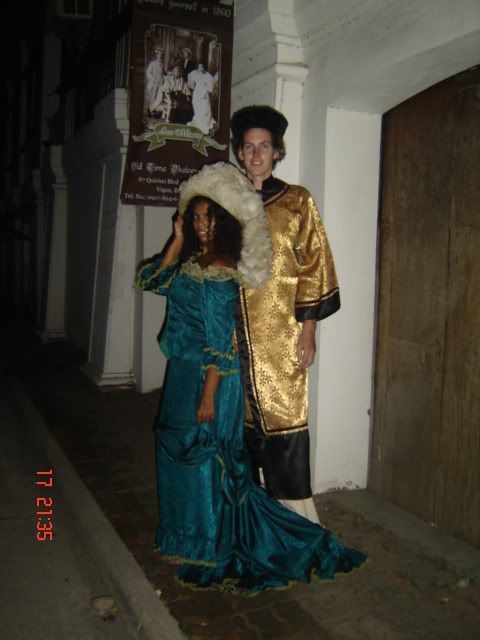
The next morning we grabbed our free breakfast and brought our bags downstairs. We managed to catch the last seconds of the final game between the Lakers and the Celtics, before finding ourselves a tricycle to take us to the bus station. We had high hopes the trip back to Laoag would be as smooth as our first trip, but it turned out to be much more of a hassle. When we asked for the next available bus we heard we’d have to wait an hour… There was no A/C waiting room and the temperature was not entirely pleasant. We decided to look around and see if we could pop into a store to wait there. We found a second-hand shoe store, where we hung around, pretended to be interested. For some reason I had a hunch a bus might show up sooner than we were told so I ran back to the station, and sure enough, there it was! I rushed back to get Francesca and we managed to secure some decent seats.
Back in Laoag we took another tricycle from the bus station to the local Laoag Museum. It turned out to be an unexpectedly pleasant stop. The museum gave us a glimpse of the Ilocano heritage by showcasing Philippine rural life. Our next stop was the Sinking Bell Tower, named thus because it is slowly sinking into the soft soil of the city. Apparently a decade ago, the entrance was still tall enough to let a man on horseback enter. Now it’s not even tall enough for a normal standing man. We wanted to have a look inside, but found the door closed. We were told we could ask in the nearby church, but after walking around with our backpack for a while trying to find someone with a key we gave up and headed for the tourism office instead. We had wanted to have a look at the UNESCO World Heritage listed Paoay Church, but weren’t sure how to get there. The people in the tourism office offered us much needed advice, water and A/C. Outside we hired a tricycle to take us to the church and back, a good 50 minute drive away.
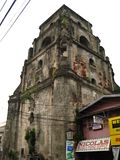
Here’s a little information about the Paoay Church: “Construction of the church started in 1704 and was completed in 1894 by the Augustinian friars led by Fr. Antonio Estavillo. It is probably the best-known “earthquake Baroque” church in the Philippines. Large coral stones were used for the lower level while bricks were used for the upper levels of the church. The walls are 1.67 meters thick and are supported by 24 carved and massive buttresses.” Francesca and I were instantly impressed by those thick walls with its curves. We walked around the structure, and had a look inside as well. Sadly, the inside was not as impressive… There were some cool paintings and amusing ads to get readers to become ‘of the cloth,’ but we realized the real pull of the church was the outside. Furthermore, the roof had come down due to earthquakes and had been replaced by a rather ungainly steel cover. We walked back outside, got ice creams to go and asked our driver to take us to the Laoag airport.
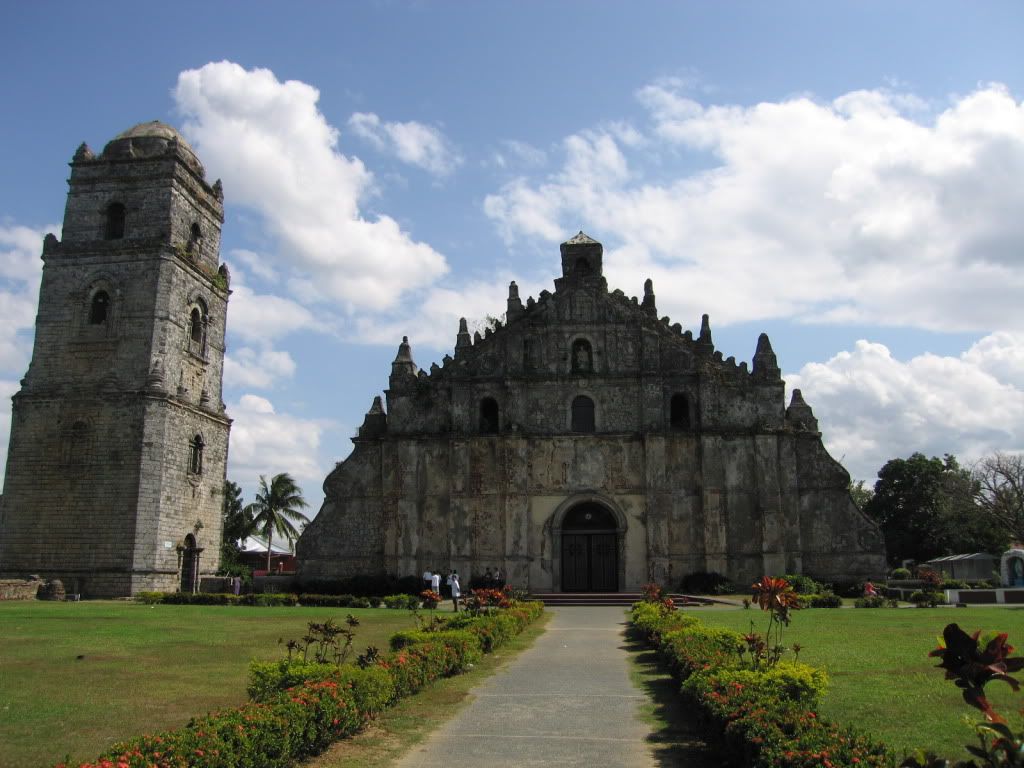
Once we got through security and checked in we got some sad news. The flight had been delayed by an hour… Since there was literally nothing at the airport we were now in a bit of trouble. We hadn’t had dinner yet, were hungry, and couldn’t get food. I started asking if we could order pizza to be delivered at the airport, but none of them would do that… Just when we thought we’d have to wait until midnight for food (the time we expected to be back in Manila) one of the security officers kindly offered to take me with him on his motor bike to get dinner! Awesome! He took me to a mall, where I picked up a pizza and pasta. Just as we returned at the airport our plane came in and as I went through security once more, boarding started. Perfect timing! We got to thank the kind officer on our way to the plane, and enjoyed our food, as well as the quick flight back to Manila.
A taxi took us back to (surprise!) Friendly’s, where our old room was waiting for us for the final days of our stay in the Philippines. It felt good to know we had a few days of quiet ahead of us, before having to face Hong Kong once more. Our Saturday was thus spent in the mall, where we got tickets for the latest Toy Story. Definitely a good movie, well worth our time! As Saturdays sometimes go, nothing much happened and the hours passed slowly. I got dinner from Café Adriatico, which continued to amaze us with its great flavors. Francesca will now tell you about the 19th of June, when we got to hear the story of Imelda Marcos.
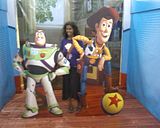
Wednesday, June 16, 2010
More Museums In Manila
Anyways, I first explored the Museum of Filipino People. I started with an exhibit on prehistoric pottery which proved pretty boring. There was hardly any information available. There was also a story/exhibit on the excavation of the San Diego shipwreck which had resulted from a famous battle between the Dutch pirate ship named Mauritius and a 115 (35 meter) Spanish galleon named San Diego in the South China Sea off the western Philippines. National Geographic tells us that the ship “… went to the bottom with a rich cargo and most of its 450 men on December 14, 1600 following a botched attempt to commandeer a Dutch pirate ship.” What I saw in the exhibit were artifacts (pottery, coins, cannons, jewels, helmets, etc.) uncovered by divers from this wreck. Apparently, the Spanish trading ship was extremely full – overfull – which resulted in its sinking after ramming the Dutch pirate ship in an attempt to deter the Dutch from taking over their ship.
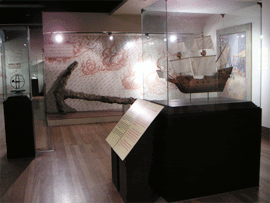
Anyways the exhibit brought me through the different ages of the Philippines starting from the Paleolithic, the Neolithic, Metal, and Ceramic Ages before going into the development of different ethnic groups and their specific cultures in the Philippines, a subject we were pretty familiar with by then. It relayed the volcanic nature of the Philippine islands and how the landscape drastically changed over those periods thus resulting in a continuously nomadic life for humans and diverse animal and plant life as well. There were some model houses and artifacts on display that gave a bit more detail, and there was also another recap of some of the famous festivals from the region we had read about online. I wish I had pictures for you but our camera was dead and my phone’s battery died so there aren’t any. All I have are the ones stolen from their website which should be good enough! Hehe…
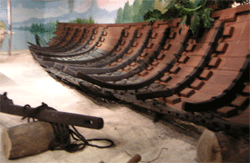
Eventually the food sources were domesticated and metal materials as well as pottery and burial jars became widespread in their use. Trade, and thus interaction with China, increased drastically. The website explains to us:
“A new change took place in the Philippines about 1000 A.D. From the archaeological sites, the age is distinguished by the appearance of high-fired ceramics. This gave proof to the increased maritime trade and cultural contact between the Philippines and her Southeast Asian neighbors. The quantity of Asian trade materials appears to be greater in the southern parts of the country. Underwater archaeological evidences indicate the existence of trade routes that brought the products of the Spice Islands (the Moluccas) up from the South, and the luxuriously manufactured items of China mainland, especially silk and porcelain, directly to Filipino harbors.”
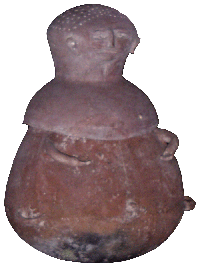
One of the more interesting exhibits in this museum was a dark room filled with burial jars. The look and feel of this area was more than a little creepy, which added to the religious significance of the objects I was looking at. There was a replica of the famous Manunggul jar we read about numerous times on our trip, and later in the day at the National Art Gallery I would actually be face-to-jar with the REAL one!
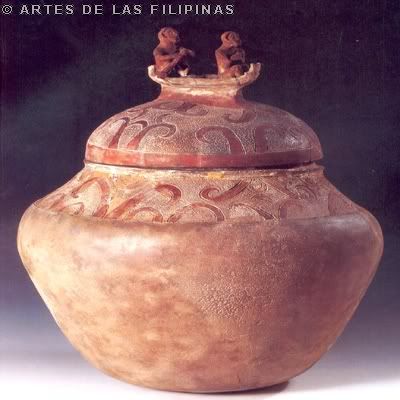
From the museum website:
“The Manunggul jar, one of the most precious jar collections is a secondary burial vessel excavated from a Neolithic burial site in Manunggul cave of Lipuun, Palawan dating from 890-710 B.C. The two prominent figures at the top handle of its cover represent the journey of the soul to the afterworld.
Other funerary vessels associated with the dead in this exhibit are the stone figure from Calatagan, Batangas, the wooden coffin from Banton Island in Romblon, and a unique drinking vessel with a yawning mouth from a late Neolithic site in Leta-leta cave in Palawan.”
Once I went outside I saw a model Ifugao house which I glanced up in and decided it was way too small (and probably damp) for my liking to live in. I continued my walk around the museum exploring a few of the (whoops!) ‘off-limits’ places which included this awesome section on a comic book/superhero artist and some paintings/sculptures from a Filipino art competition. These two exhibits were probably the coolest of the entire museum! Most of the paintings were really strange in their demeanor – the first appeared one way but then upon a second look a new ‘feeling’ came from them. For example, Toti Cerda’s “Broken Vows” has almost an angelic feeling to it at first with its pure white bodies and halos– until you take in the ejaculate on the man’s head and the bruises on the woman’s face. These then evoke a totally different sensation that creeps in and haunts you. Quite interesting! I felt this same feeling with many of the paintings I saw and it seemed almost a theme of the exhibit. See if you can relate to what I’m saying when you see some of these:

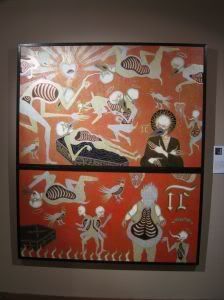
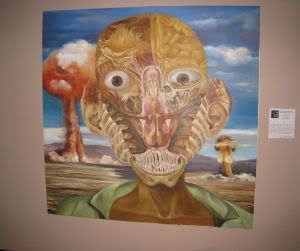
One of the paintings to note was this awesome piece entitled “Mother’s Revenge.” I didn’t realize it at the time but the painting was actually based on Jose Rizal’s sculpture by the same name which I understood once I came across Rizal’s sculpture later that day in the National Art Gallery!
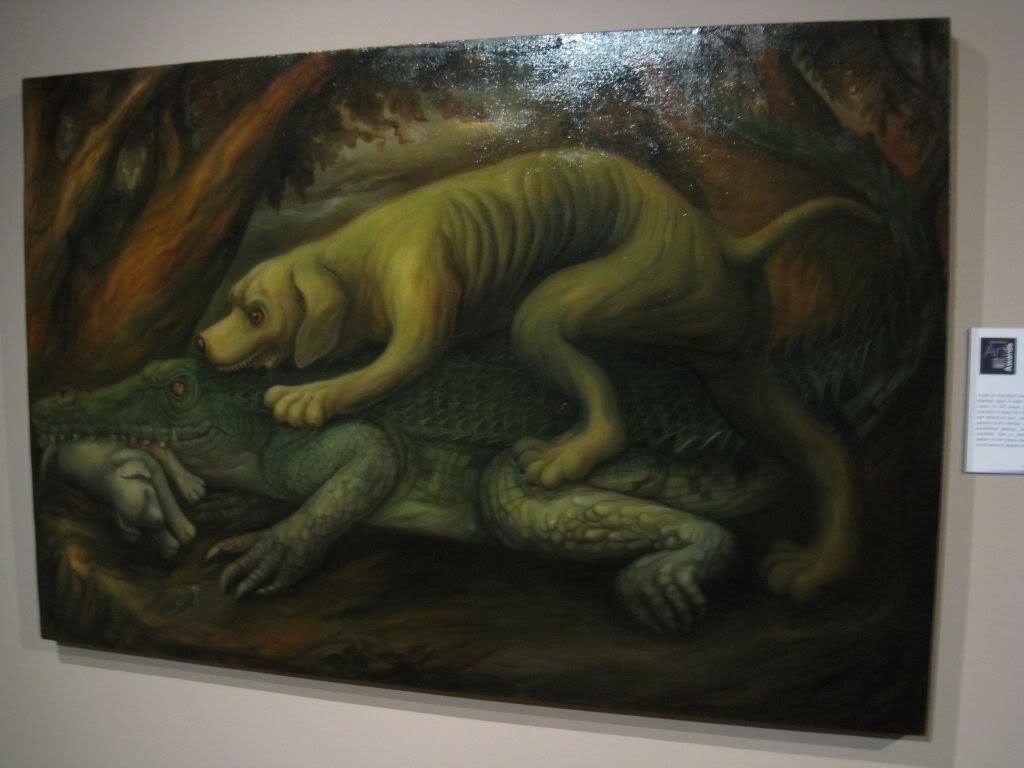

Here is the story of “Mother’s Revenge” as told by WikiPhilipinas:
“Rizal was inspired to create the sculpture by an incident that occurred while he was in Dapitan, where he was deported and set up a school, in 1894. Some of his students secretly went to Dapitan in a boat from Talisay and a puppy of Rizal's dog Syria tried to follow them and was eaten by a crocodile. Rizal scolded the boys, telling them that if they had not gone to town without his permission the puppy would not have died and its mother would have been spared the sorrow of losing an offspring. He further stressed the moral of the incident by making a statuette showing the mother dog killing the crocodile, to avenge her lost puppy. He called this “The Mother’s Revenge.”
The main room at the beginning of the Art Museum was filled with a few gigantic paintings by 19th century Filipino painters Juan Luna and Felix Resurreccion Hidalgo. The website explains that “… Luna's Spoliarium received one of the three gold medals and Hidalgo's Virgenes Cristianas Expuestas al Populacho (Christian Virgins Presented to the Populace) received one of the fourteen silver medals.” I was most impressed by the sheer size of the painting.
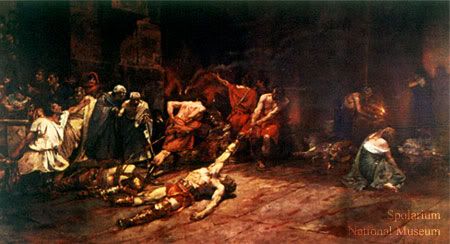
The rest of the galleries turned out to be quite a mixed-mess of things. There was even an old, dusty science exhibit thrown in with a giant whale skeleton. Random! The only other really interesting piece of note was “Tau-Tao” by Roberto Feleo done in 1994 and then re-conceptualized in 1998. This piece was a visual retelling of the Bagobo myth of the afterlife. I found an article in the Leonardo Electronic Almanac by Ma. Corazon A. Hila which explains this well.
“In the Bagobo origin myth, Mebuyan is herself one of three children, the other two being Wari and Lumabat - of Tuglay and Tuglibong, the original man and woman said to have been shaped from two lumps of earth and given life by the goddess Diwata. Mebuyan and these other characters of the Bagobo myth form the subjects of Feleo's "Tau-Tao" series, subtitled "A Retelling of the Bagobo Myth of the Afterlife."
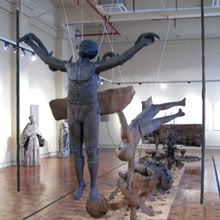
A second version of the Mebuyan, also featured in the 1998 "Tau-Tao" series, conveys the wrathful side of the goddess. Thus, if the "Inakay Mebuyan" nurtures and gives life, "Ang Mapanghasik na Mebuyan" (completed in 1997) destroys and takes it away. In this work, a male figure is shown lying stiff on a leaf that has just fallen to the ground from the vigorous shaking of the kalamansi tree, the goddess' way of claiming life. Through these contrasting images of life and death, Feleo questions our conventional notions of ourselves and confronts us with our hidden fears and anxieties, especially regarding our mortality and power, or the lack of it, over our life, over things, over people. The binura technique in fact makes for an effective metaphor for the act of slowly coming to terms with ourselves, with our nature, with our archetypal past.”
After I finished with the museums I headed outside to grab a taxi. But wow that was a much more horrible experience than I ever predicted. It was dreadfully hot outside and I was starting to get a bad headache (as I always due in the heat) so I was very eager to get transport back to the hostel to meet Henk. Plus since the phone had died I had no idea what time it was and I knew we had to catch our flight later that day. After more than an hour of going up and down the streets (even asking the cops for help… and they were of course no help) trying to get a taxi a kind elderly Filipino man helped me get one. (Which still took us a good 20 minutes longer after I got his help!) I’m not sure why but NEVER go to the museums during lunchtime. I honestly think everyone in the city must go to sleep and travelers get screwed over. Anyways… back to Henk’s story now!
